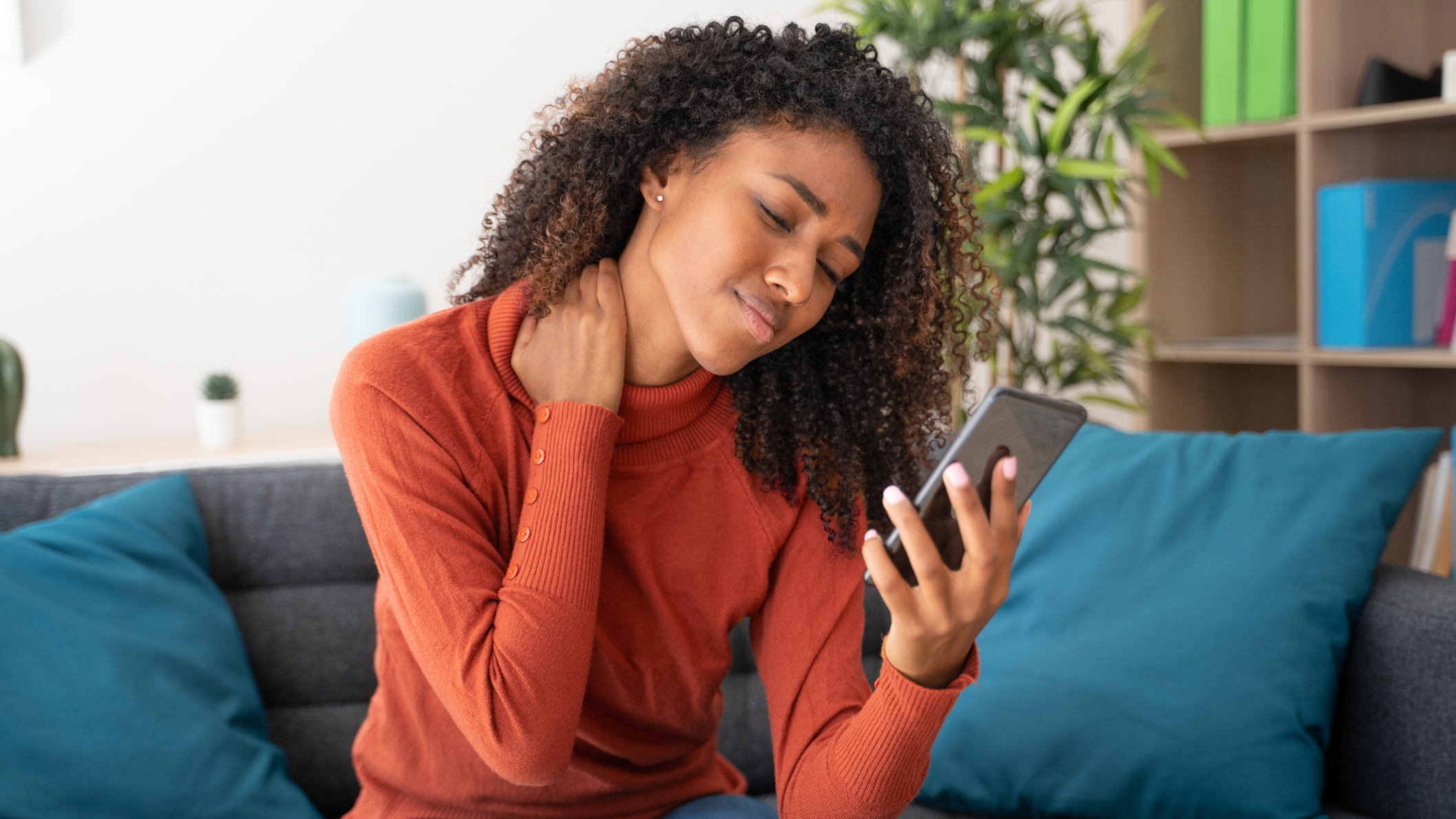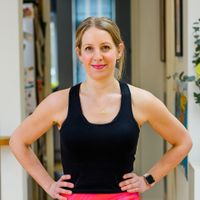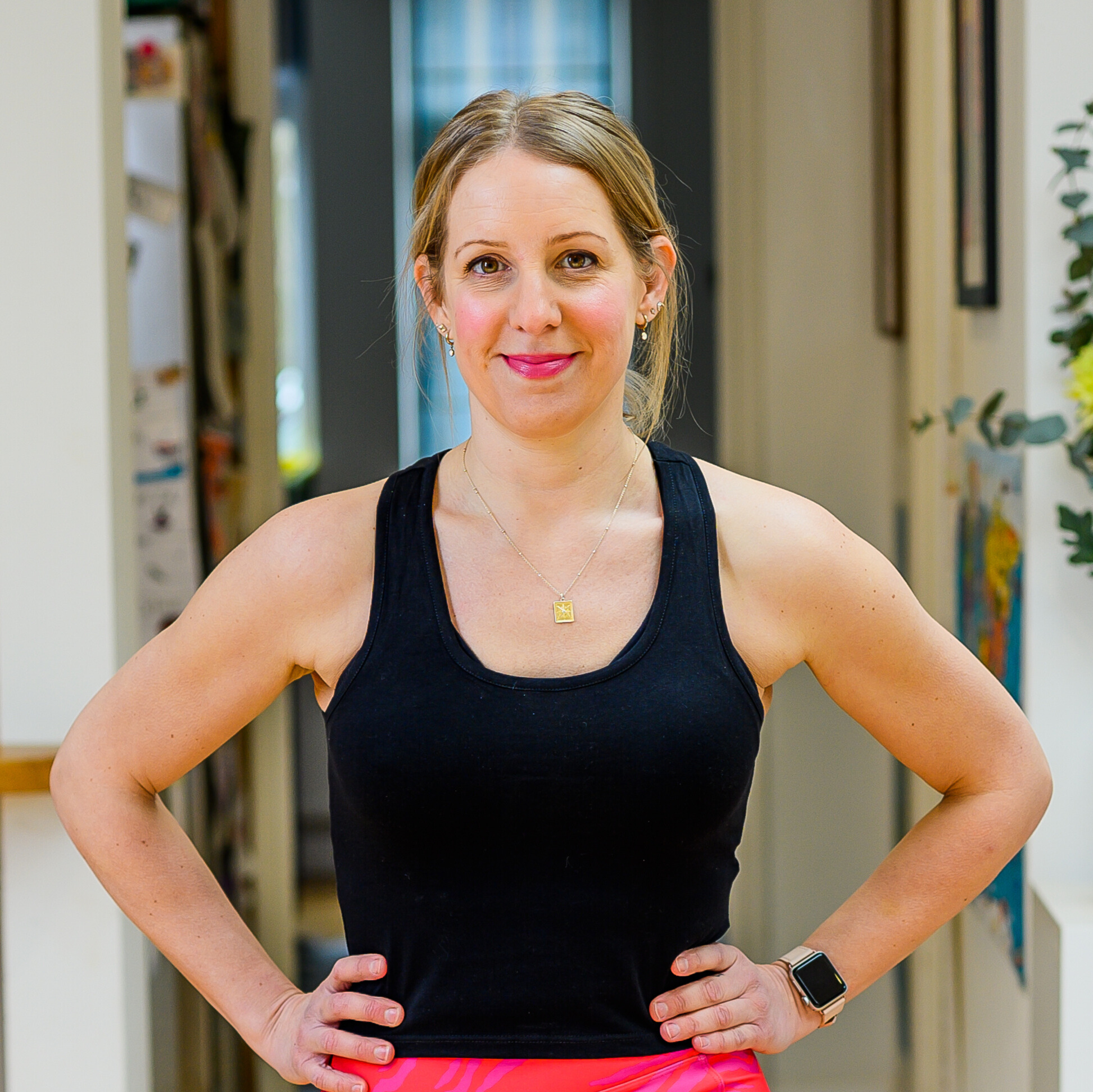This five minute routine can ease "tech neck" and undo the damage of scrolling on your phone all day
Correct poor posture and ease stiffness with these six moves


A lot us spend hours looking at our phones and laptops all day, which can cause the dreaded ‘tech neck’. This is an umbrella term for neck, shoulder and upper back pain caused by hunching over our screens all day.
If ignored, these aches and pains can lead to bigger health problems. The repetitive strain and tension can actually damage the top of your spine and you could end up with a herniated disc or nerve damage. But here’s the good news: strengthening and stretching your neck and shoulder muscles could counteract the pain and help you avoid future issues.
I'm a personal trainer who exercises regularly, but even I'm guilty of spending long periods on my laptop and phone. To combat this, I try and regularly do these six moves to ease discomfort and strengthen my neck muscles.
Six tech neck exercises to try
A post shared by Personal trainer Oxford (Maddy Biddulph) (@maddybiddulphpt)
A photo posted by on
How to do the routine
This seated workout only takes about five minutes. Aim for 6-8 slow and controlled repetitions of each move, with 15 seconds rest in between each one. If you'd like to watch the moves in action, click play on the video above to see me demonstrate.
Arm twist neck turns
Put your arms out at shoulder height with one palm facing the floor and one facing the ceiling. Turn your gaze to the palm facing up. Then as you turn the palm down and the other palm up, turn your gaze to the opposite side.
Robot arms
Start your week with achievable workout ideas, health tips and wellbeing advice in your inbox.
Bring your arms up to shoulder height with hands in the air in a robot stance. Twisting at the elbows, turn your hands back towards the wall as if you are giving someone a high five behind you. Bring arms back up to shoulder height and repeat.
Exaggerated nod
Look up to the ceiling then slowly bring your head down towards your chest.
Neck turns left-to-right
Look to the left and right gently, turning your neck to each side.
Round the world arms
Start with arms by your thighs then fully extend them as you bring them up to over your head and back down to your legs.
Arnold press
Bend your arms in front of your body and bring your hands up to shoulder level, with palms facing inwards. Rotate the arms into a shoulder press position then push up until arms are full extended. Your palms should now be facing forward. Bring the arms back down to shoulder height, reversing the move as you end with hands in front of your face, palms in.
Why neck strength should be everyone’s priority
When you spend hours hunched over a screen you generate tension deep in the neck muscles and across the shoulders, which can cause acute as well as chronic pain.
Doing this routine will very gently stretch and lengthen muscles in the back of your neck, which could help you avoid future problems. Because these muscles are attached to those in the shoulders, chest and upper back, it can also help relieve tension in the rest of the upper body.
Maddy Biddulph is a journalist specializing in fitness, health and wellbeing content, with 26 years in consumer media working as a writer and editor for some of the bestselling newspapers, magazines and websites in the US and UK, including Marie Claire, The Sunday Times and Women’s Health UK.
She is a CIMPSA-certified PT and works one-on-one with clients, as well as running Circuits Club classes which mixes cardio and strength training and chair-based exercise classes for seniors.
